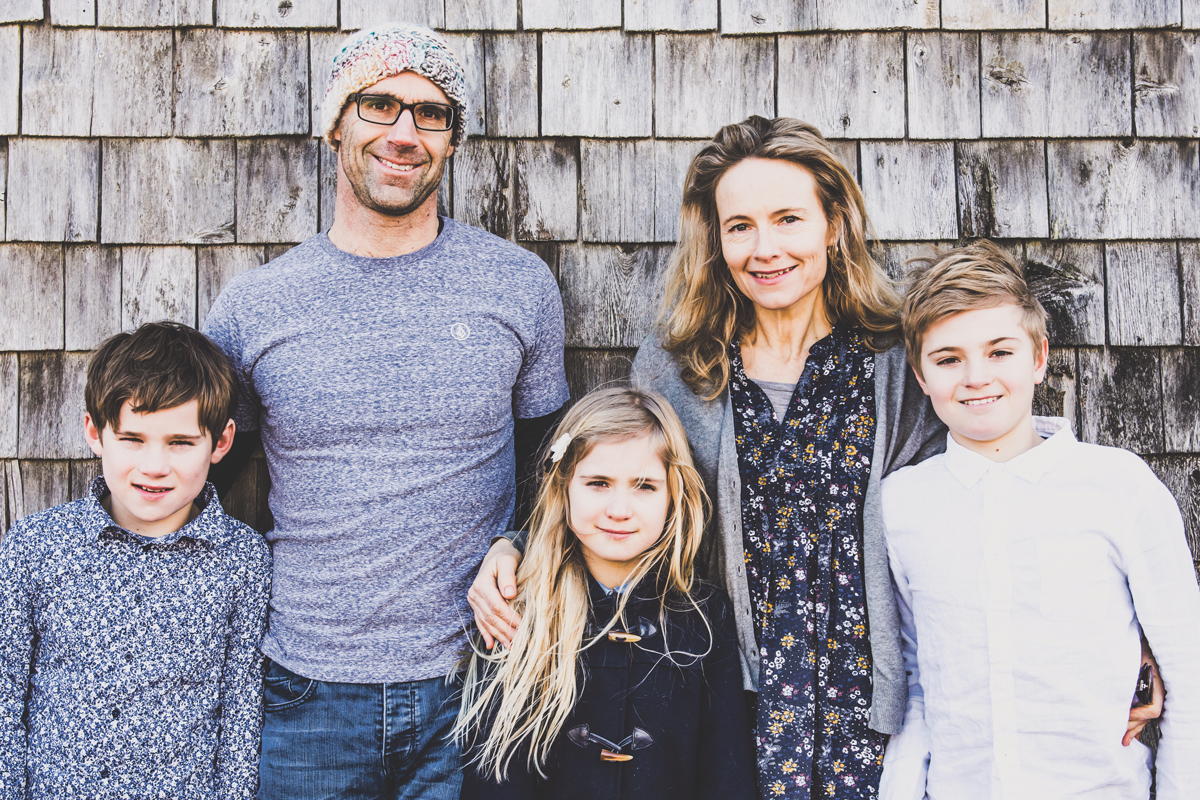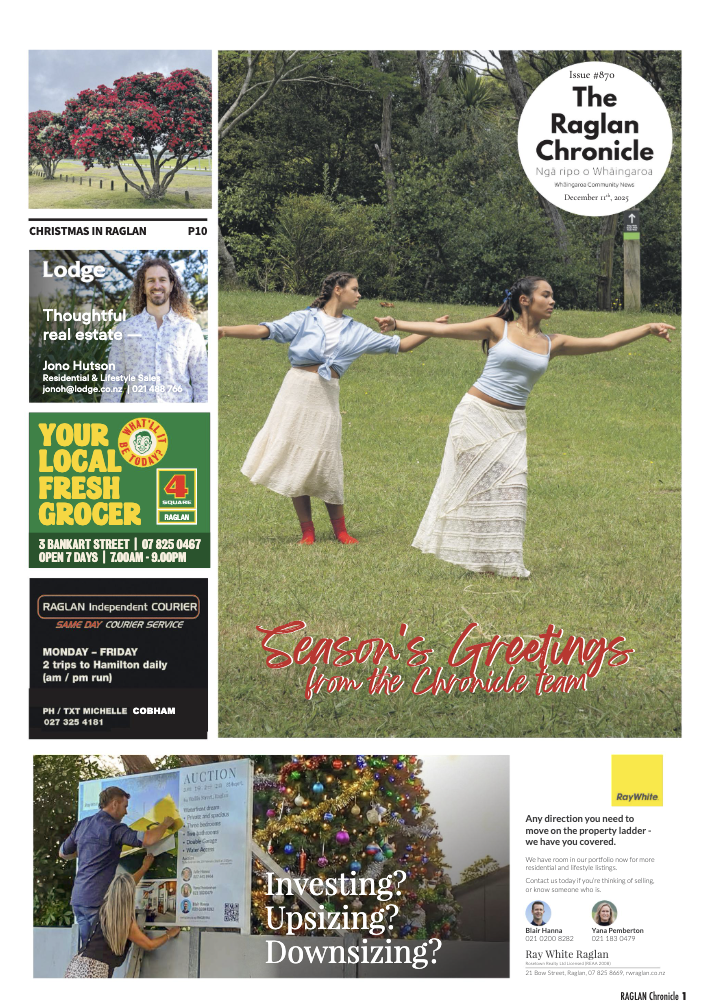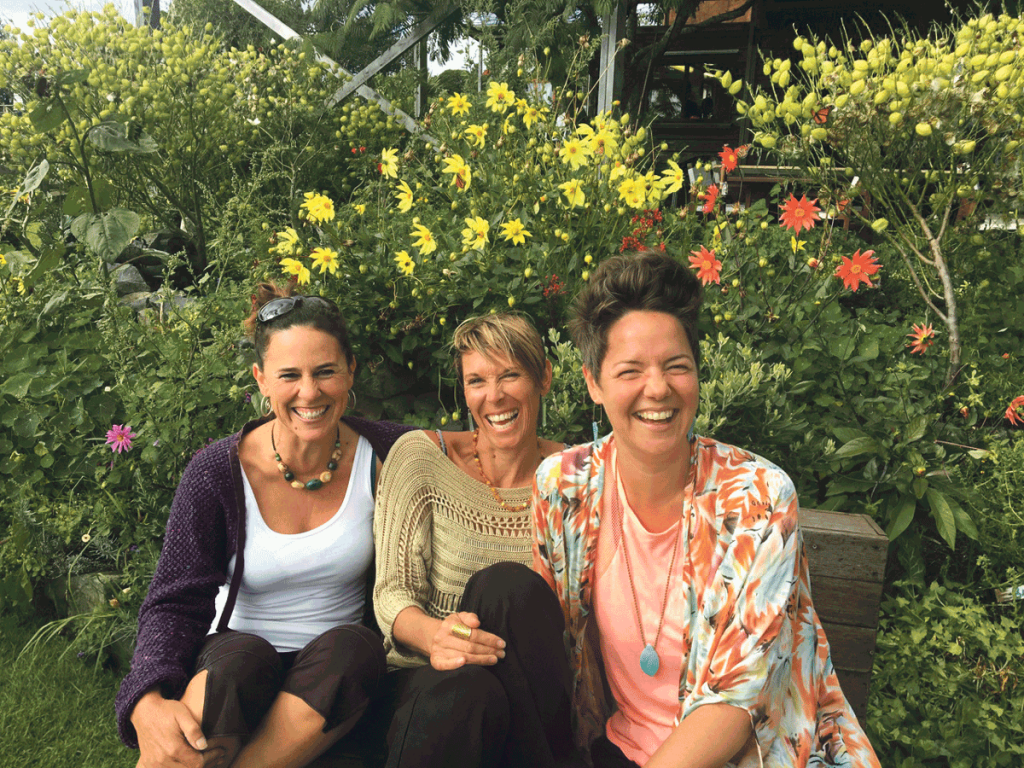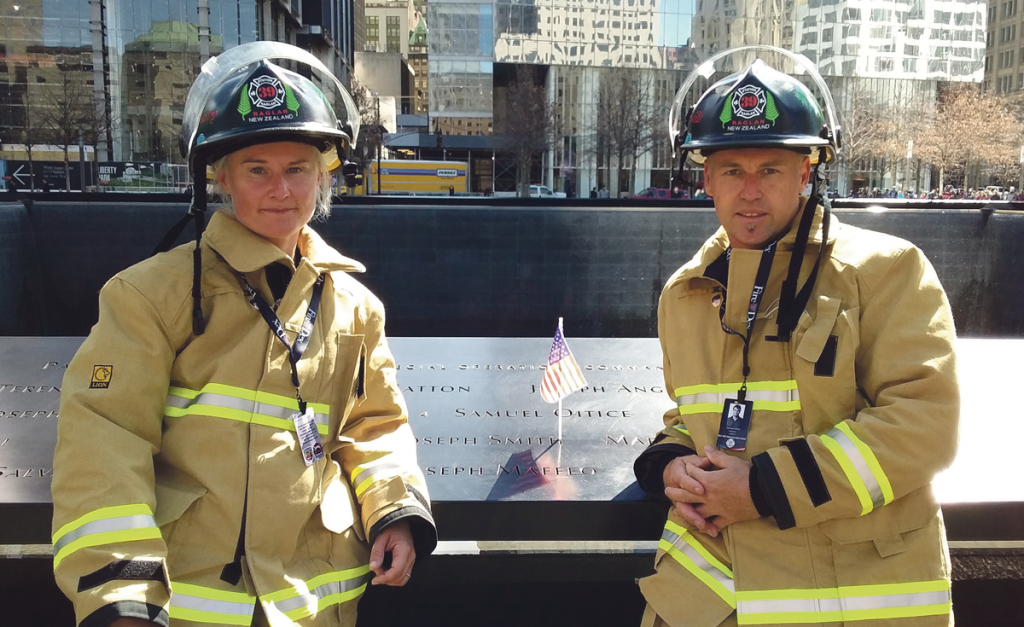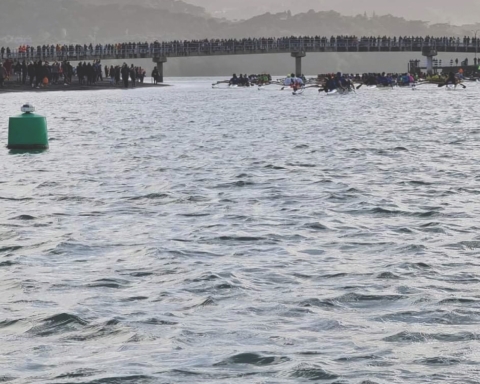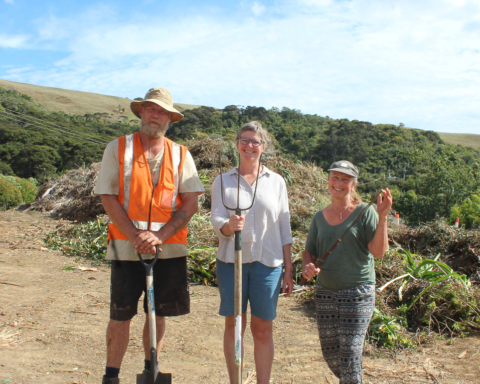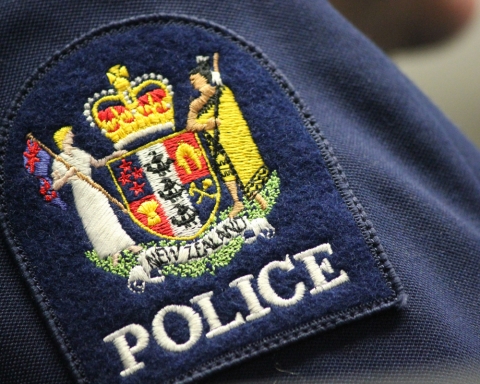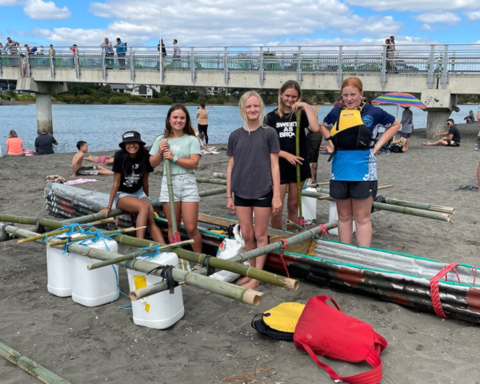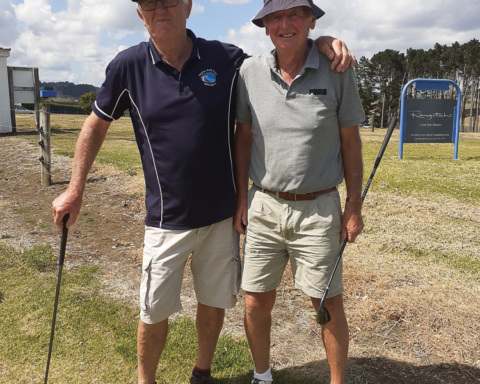When you’re a doctor working in relative isolation, it’s not uncommon to be troubled for advice regarding an ailing pet.
That’s what Dr Mike Loten discovered during his sabbatical year working on the Canadian island of Grand Manan, population of about 2500 and no working vets.
He’d get stopped in the supermarket, for example, by a resident showing him a photo of a wound on their dog’s face.
Dr Mike’s wife, Joan, laughs that medical treatment was often sought for dogs at Grand Manan Hospital because there were no local vets on the island.
She says the first day that they walked into the island’s only medical facility they were greeted by a huge labrador, Foster, who always accompanied one of the doctors to work.
“All the patients really loved that dog,” says Dr Mike, and the Lotens, too, were warmly received.
The family – who returned to Raglan on March 11 – ended up in Grand Manan, area 137 square kilometres, because Fiona wanted to live in a Canada for a year with the family, to broaden their children’s horizons, and the island was pretty much the one place where Dr Mike could work because it was “an area of need”.
It’s a one-and-a-half hour ferry ride to the mainland, near the border with Maine in the United States, and a further hour to the nearest fully serviced hospital in Saint John, explains Dr Mike.
The island has one main road down the east coast where most of the residents live because the west is steeped in 91-metre-high cliffs and battered by wind.
There are just three doctors, who also have to deal with all medical emergency situations, and the island’s “hospital” has limited facilities.
There’s an X-ray service “some of the time” and “we could only do three types of blood tests”.
“People have to be flown out if they are really sick.”
And if the weather is too poor for flying, which it often is, then the doctors have to do their best and look after the acute patients.
“They are running a little hospital there,” says Dr Mike, who admits his job was a steep learning curve in acute care.
“You have to rely a lot on your own clinical judgment.”
“The people were so lovely and so appreciative of us coming,” says Joan, who with her family entered every aspect of island life “whole-heartedly”.
“We absolutely felt at home.”
Home was in Castalia Marsh: “no neighbours”, “so quiet and peaceful”. Yet Joan enjoyed the weekly market, where the residents would gather to catch up, and the island had a real sense of community and support.
The kids – Sam, 12, George, 10 and Scout, 8 – went to the only school on the island, about 5km away, and were picked up every day by the school bus.
“They’d never had someone from outside of Canada go to the school,” says Joan. “It took about a week to get the kids enrolled because they didn’t know how to do the paperwork.”
School was “strict” says George, and Sam says he spelt words wrong in a test because of the teacher’s accent.
But the children embraced school sports, and particularly loved playing baseball and ice hockey.
There is an amazing ice-rink in Grand Mana, says Joan, where the kids learned to skate, and yes, it gets cold there.
The coldest was about -20 degrees Celsius, reckons Dr Mike, who himself enjoyed a spot of ice fishing on the mainland.
The freezing temperatures didn’t stop the kids from going for a mid-winter swim in the sea, however, and in the summer – 20 degrees max – they’d jump from some cliffs into a lake in an old mine.
The residents of Grand Manan are a “real mix”, says Joan, and many of the families have lived there for generations.
It used to be mainly subsistence-type living, says Dr Mike, with the locals relying heavily on the fishing industry and the sea to make a living.
The wild sea vegetable dulse is harvested in Grand Manan, and shipped to Europe, Australia and the United States, and the lobster industry is roaring – those who have licences make a lot of money while others are “struggling to survive”.
Joan laughs that she thought she was taking her children, who have had a somewhat “entitled lifestyle”, to experience a hard island life but that wasn’t quite the case.
Thanks to the lobster boom, and despite their relative isolation, many islanders have their own swimming pools and kids have their own buggies, she says.
During their year away, the Lotens spent four weeks travelling in the southwest of the United States. They flew into Las Vegas and worked their way through Utah to Yellowstone National Park.
They had another four-week holiday at the end of their trip, skiing in France and the Rocky Mountains in Maine, the United States.
“Too many flights,” say the kids, who calculated there were about 20 in all, while Joan and Mike say the US was beautiful and the Americans were incredibly warm and friendly.
Being in the States was definitely the highlight for the family, says Joan, who misses – “a lot” – her small island community in Canada.
“Sam said he would take me back again when I am an old lady.”
Inger Vos
